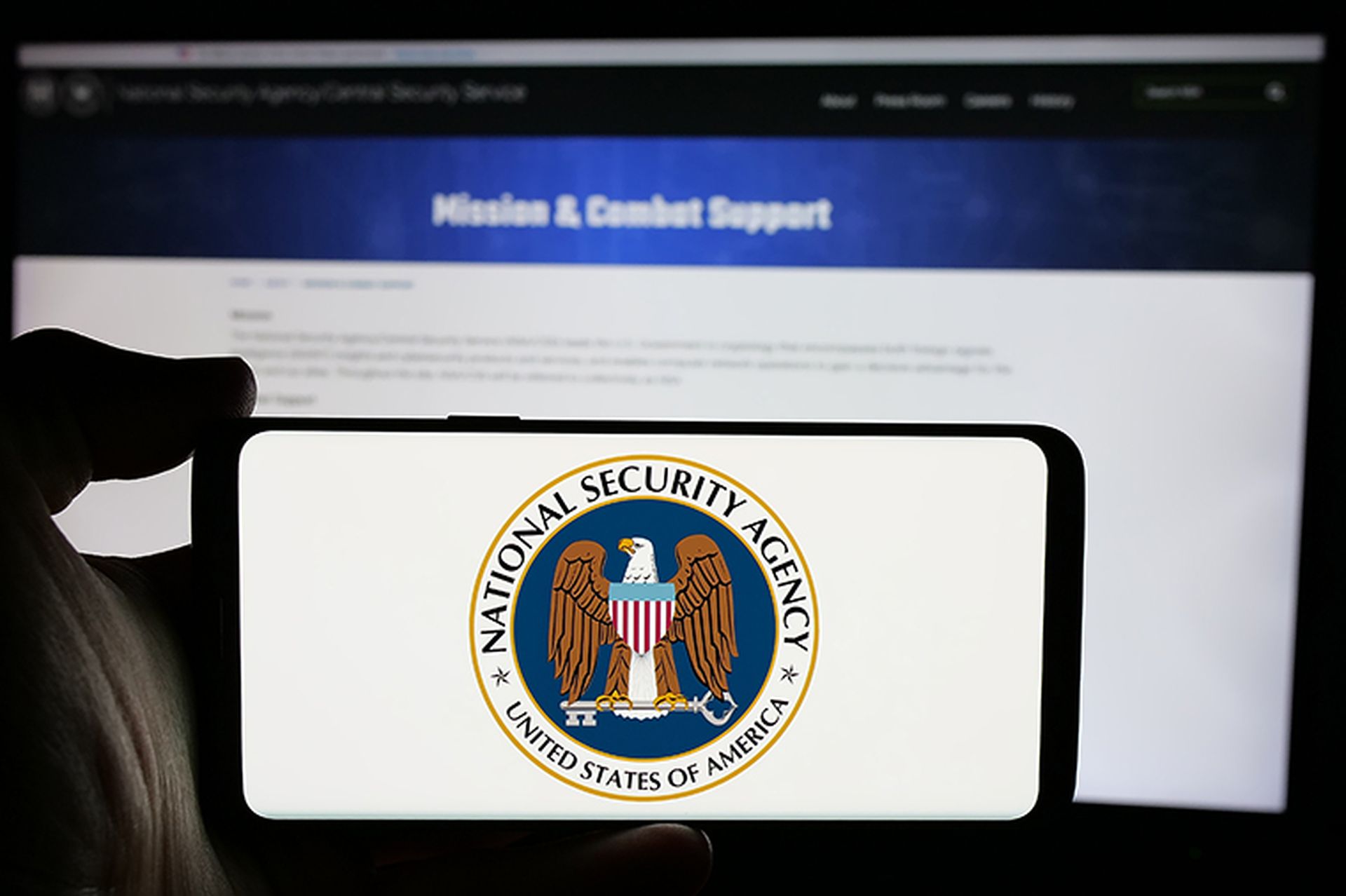COMMENTARY: Building an effective remediation plan helps fortify a company’s security, ensuring compliance, and minimizing operational risks. Evolving threats and the growing volume of vulnerabilities in today’s complex attack surfaces only increases the pressure on remediation efforts.
This challenge has been further compounded by the fragmented nature of security tooling. Some of our recent research found that the average company uses tools from a substantial number of security vendors. This proliferation of products, while intended to enhance protection, often creates a complex ecosystem that can hinder efficient remediation.
[SC Media Perspectives columns are written by a trusted community of SC Media cybersecurity subject matter experts. Read more Perspectives here.]
Yet, vulnerability and exposure management teams often encounter obstacles that delay remediation, leading to increased risk exposure and potential regulatory penalties. Security teams must act quickly to balance rapid vulnerability remediation with limited resources while maintaining business continuity.
By addressing common pain points, organizations can streamline operations, improve team collaboration, and better protect their digital assets. Here are five ways security teams can develop a more effective remediation plan:
Develop a standardized remediation framework
Many organizations simply don’t have a formal remediation plan. Many companies rely on ad hoc approaches, using spreadsheets and best guesses without structure or consistency. This reactive method leaves security teams constantly firefighting, unable to proactively mitigate risks. Without a standardized plan, it's nearly impossible to monitor process compliance. This leads to missed vulnerabilities and increased chances of security breaches. That’s why organizations must standardize their remediation process with a structured framework. By implementing clear steps for identifying, prioritizing, and addressing vulnerabilities, teams can ensure consistency and significantly improve their overall security posture. This shift from reactive to proactive management enhances risk mitigation and also streamlines process monitoring, reducing the likelihood of overlooked vulnerabilities and potential security incidents.
Leverage AI tools to add scalability
Manual processes severely limit scalability, with nearly 60% of organizations relying on some form of manual intervention in remediation. It’s an unsustainable approach as security teams struggle to keep up with dynamic attack surfaces, emerging threats, and the growing volume of vulnerabilities, leading to slow response times and fragmented efforts. Organizations must embrace automation to handle remediation operations more efficiently. By leveraging AI-driven tools, security teams can analyze data, prioritize risks, and receive recommendations for effective remediation actions. This shift towards automation enhances scalability and also significantly reduces threat exposure. As a result, teams can remediate a higher volume of vulnerabilities in less time, allowing for quicker response times and a more cohesive, proactive approach to security management.
Establish clear roles and responsibilities
Whose job is it to fix a security issue? Vague responsibility assignments slow down remediation, leaving organizations vulnerable for longer periods. Without clear ownership, companies waste valuable time determining who should address each vulnerability. That’s why companies need to establish clear roles and responsibilities within their remediation processes. Security teams can ensure prompt and efficient vulnerability management by clearly defining each team member's specific responsibilities. Such clarity reduces time spent on task assignment and distribution while fostering accountability and enabling more effective cross-organizational collaboration. As a result, the overall remediation process gains agility, narrowing the window of exposure and bolstering the organization's security posture.
Embrace collaboration among teams
Effective remediation requires seamless collaboration between security and fixing teams. Poor communication can lead to inefficiencies, delays, and increased threat exposure. Organizations should integrate the fixing team's workflow management tools into the remediation process, and populate tickets with meaningful, helpful details. This integration reduces cross-team friction and enhances communication, creating a more unified approach to vulnerability management. By aligning tools, data and processes, security and fixing teams can work in tandem, sharing information and updates bi-directionally in real-time. The improved collaboration leads to faster, more efficient remediation effort. This lets them quickly prioritize, assign, and track the progress of vulnerability fixes. As a result, the remediation process accelerates while simultaneously minimizing the window of exposure to potential threats. Ultimately, these enhancements significantly bolster the organization's overall security posture, creating a more resilient defense against evolving cyber risks.
Adopt a risk-based prioritization approach
It’s challenging to prioritize vulnerabilities across code, cloud, and infrastructure, especially with the noise generated by security scanning tools. Without sufficient context, teams may waste time and resources on less critical issues while more significant risks go unaddressed. Automation can help, but by adopting a risk-based prioritization approach that considers both technical and business contexts, security teams can ensure that the most critical vulnerabilities are addressed first. Leveraging automation and context-aware analysis helps teams make more informed decisions about which vulnerabilities pose the greatest threat to the organization. Beyond enhancing the effectiveness of remediation efforts, this strategic prioritization aligns security activities more closely with business objectives, clearly demonstrating the value of security investments to stakeholders.
Protecting an organization from evolving threats undoubtedly calls for a proactive approach. Start by assessing existing processes and implementing a structured framework that standardizes remediation efforts. Leverage automation to improve efficiency, clarify roles to ensure accountability, and foster collaboration between security and fixing teams.
Then prioritize vulnerabilities based on business risk to focus resources where they are needed most. Remember, an optimized remediation plan represents an ongoing commitment that will strengthen the organization’s defenses and demonstrate the strategic value of IT security. By addressing these challenges and creating a scalable remediation plan, security teams can significantly enhance their security posture and reduce overall risk exposure.
Yoran Sirkis, chief executive officer, Seemplicity
SC Media Perspectives columns are written by a trusted community of SC Media cybersecurity subject matter experts. Each contribution has a goal of bringing a unique voice to important cybersecurity topics. Content strives to be of the highest quality, objective and non-commercial.




